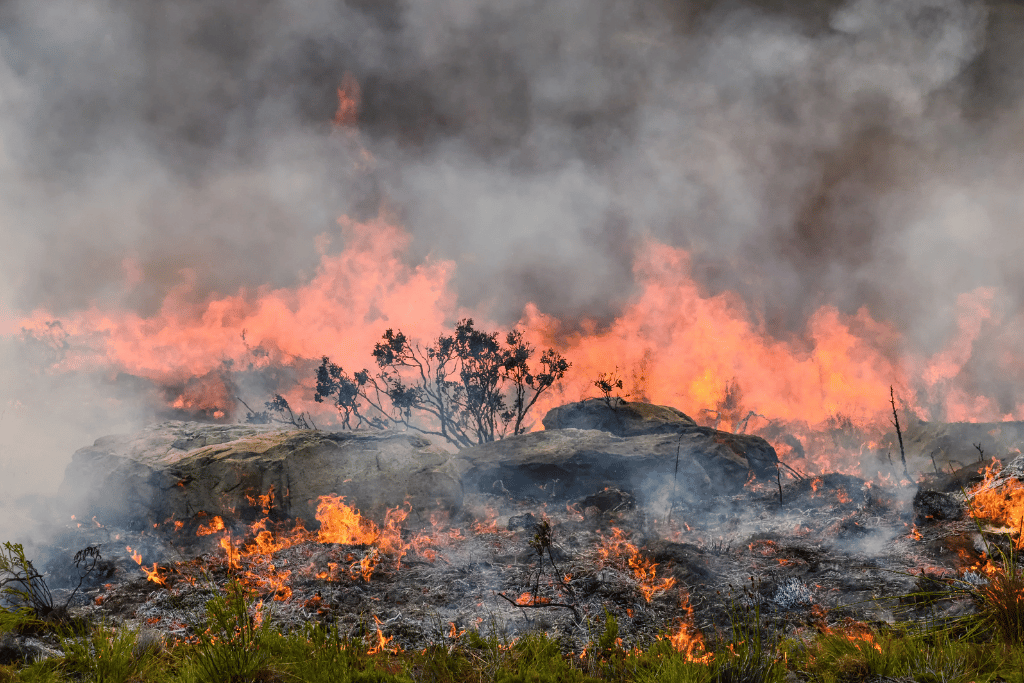The government extended an emergency declaration to another region as firefighters struggle to bring what many describe as the deadliest wildfires in Chile under control.
—
Record temperatures of more than 40C (104F) are hampering rescuers’ efforts to control the deadly wildfires in Chile, which have so far killed at least 26 people, destroyed 800 homes, and displaced thousands
As of Monday, the devastating fires had consumed 270,000 hectares (667,000 acres), the second-largest area burned after the “fire storm” that hit the South American nation in 2017. According to the state National Forestry Corporation, 275 fires were still active and 69 were currently in combat.
Emergency orders are currently in place in the southern region of Araucania as well as in the Biobio and Nuble regions near the middle of the long Pacific coastline. Here, the government has mobilised the military to support rescue efforts.
The heatwave and strong winds have caused the fires to spread rapidly.
“Weather conditions have made it very difficult to put out [the fires] that are spreading and the emergency is getting worse,” Interior Minister Carolina Toha told reporters at a news conference in the capital Santiago. “We need to reverse that curve,” she added.
She also suggested that climate change is to blame for the deadly fires.
“Chile is one of the countries with the highest vulnerability to climate change, and this isn’t theory but rather practical experience,” she said. “The thermometer has reached points that we have never known until now.”
The nation is also battling with a 13-year-long drought that has exacerbated the country’s water supplies. Water availability has dropped down to 10%-37% over the past 30 years, and it is estimated to plummet further in the next few decades as the effects of climate change worsen, with water availability in northern and central Chile expected to be halved by 2060.
You might also like: Chile Water Crisis: 13 Years and Counting


















